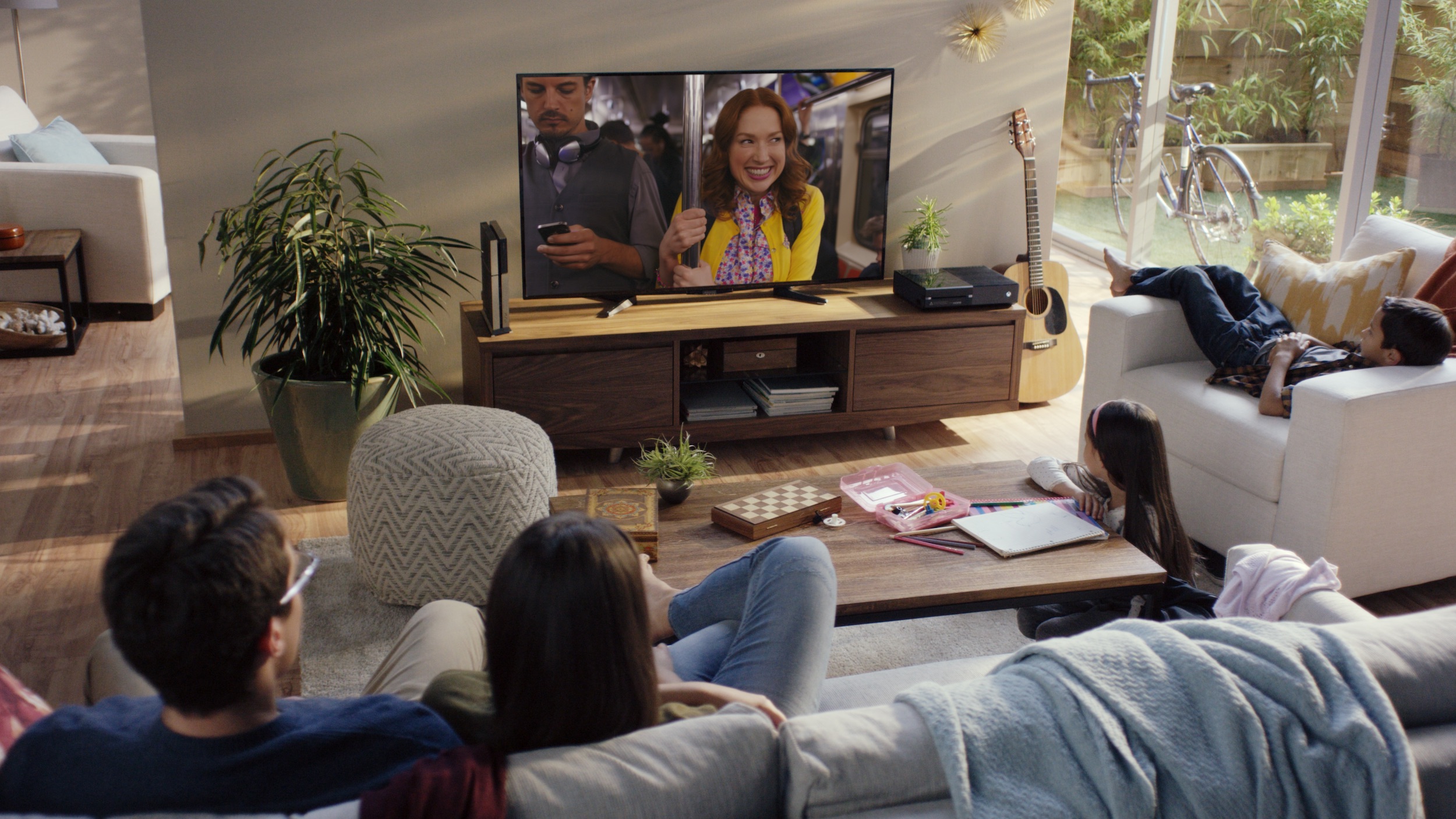Will CCPA Force Advertisers to Take Media Measurement Into Their Own Hands?

Data Driven Linear (DDL) TV gained considerable steam in 2019, with many new advertisers making the jump from Nielsen GRPs to audience-based planning, buying, measurement and attribution. To date, however, much of that practice has been based on third-party data. For example, the methodology for identifying target audiences like “new truck intenders” or “heavy users” of a competing product is based on third-party data.
I’ve been mulling over the potential impacts of the new CCPA regulation and offer my thoughts in a two-part series to help brands think about their use of first-party data in this new environment and to suggest there is a growing opportunity for linear TV as the rules of the measurement game change with the advent of stricter privacy requirements.
There are several reasons for industry dependency on third-party data. For one, many advertisers simply don’t have the necessary first-party data to deliver significant results. Others may have data but lack internal practices to extract it in a useful form. And, lastly, some advertisers simply don’t want to share their consumer data with a third-party to apply it. For these reasons, early industry practice has in large part formed up around third-party data.
For those in the trenches, this has been somewhat problematic because much of the third-party data used is really poor in quality. Many such audiences have been productized for digital advertisers where reach is key. Unfortunately, to achieve this reach, lower grade data often is piled into the audience. The problem, of course, is that “garbage in” results in “garbage out.”
With the advent of CCPA and related new, stiffer privacy regulations expected in many states in 2020, change is a certainty. In Europe, as GDPR rolled out, third-party data dried up, cookie pools shrank and digital advertising broadly reverted to contextual targeting. Though most privacy experts are still struggling to clarify the new U.S. privacy regulations, there is no question that they will be more rigorous than GDPR. For this reason, we should expect at least the same changes — and likely even more impact on the U.S. market.
What do such developments portend for DDL and, in particular, attribution? First, expect third-party audience data to recede. The best sources of third-party data — publishers and brands — are the least likely to continue to contribute data to licensing pools. The new privacy laws are very specifically intended to give consumers control over their data and, as companies comply, they will have to become much more consumer-centric in their data strategies—for practicality, if nothing else. While advertisers have historically presumed that consumers will gladly share data for more relevant content, Forrester recently reported that “users are increasingly prioritizing the protection of their personal information over more relevant advertising.” If advertisers wish to continue licensing data, consumers will have to be given the option to opt out of their data being sold. For these reasons, many will simply stop licensing data to eliminate that point of friction with consumers.
Also resulting from this same pressure point, expect a decline in the number of brands willing to share first-party data with third-party DDL service providers. This data-sharing requires disclosure to the consumer — to whom and for what purpose — and it requires the same opt-out offering, which is problematic.
With these factors in play, advertisers will be drawn to the alternative of insourcing DDL programs. Generally speaking, while care and disclosure obligations will increase, new privacy laws do not impose stringent new limits on a company’s use of its own data. With appropriate disclosures, Brand X can readily match its own first party audience data to TV viewing data to identify content that delivers their target audience. That same match can be used to measure reach and frequency of ad exposures delivered by the campaign. And Brand X can readily compare prospects exposed to the ad to their own first-party data describing purchase of their product or service.
For advertisers that collect and store their own consumer data, insourcing DDL — and in particular TV ad attribution — will deliver improved ad ROI, keep data safe and strategic insights internal, and successfully adapt measurement and attribution to the new rigors of privacy law in 2020.
Michael Collette, CEO of Dativa, is an innovator in media technologies. Prior to joining Dativa, he was CEO of Cognitive Networks, where he pioneered the generation and implementation of Smart TV viewing data. Following the sale of Cognitive to VIZIO in 2015, he served as GM of Inscape. Michael was previously CEO of Ucentric Systems, where he drove adoption of whole home DVR in the PayTV market.
Broadcasting & Cable Newsletter
The smarter way to stay on top of broadcasting and cable industry. Sign up below
